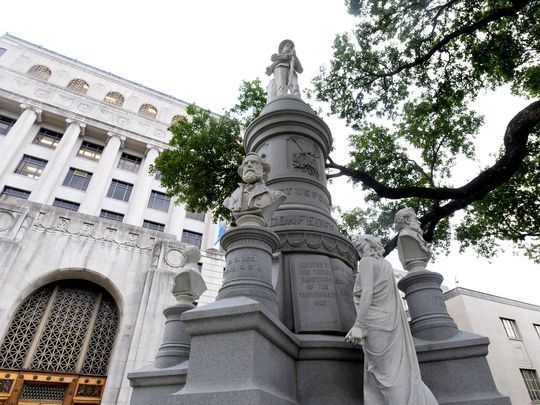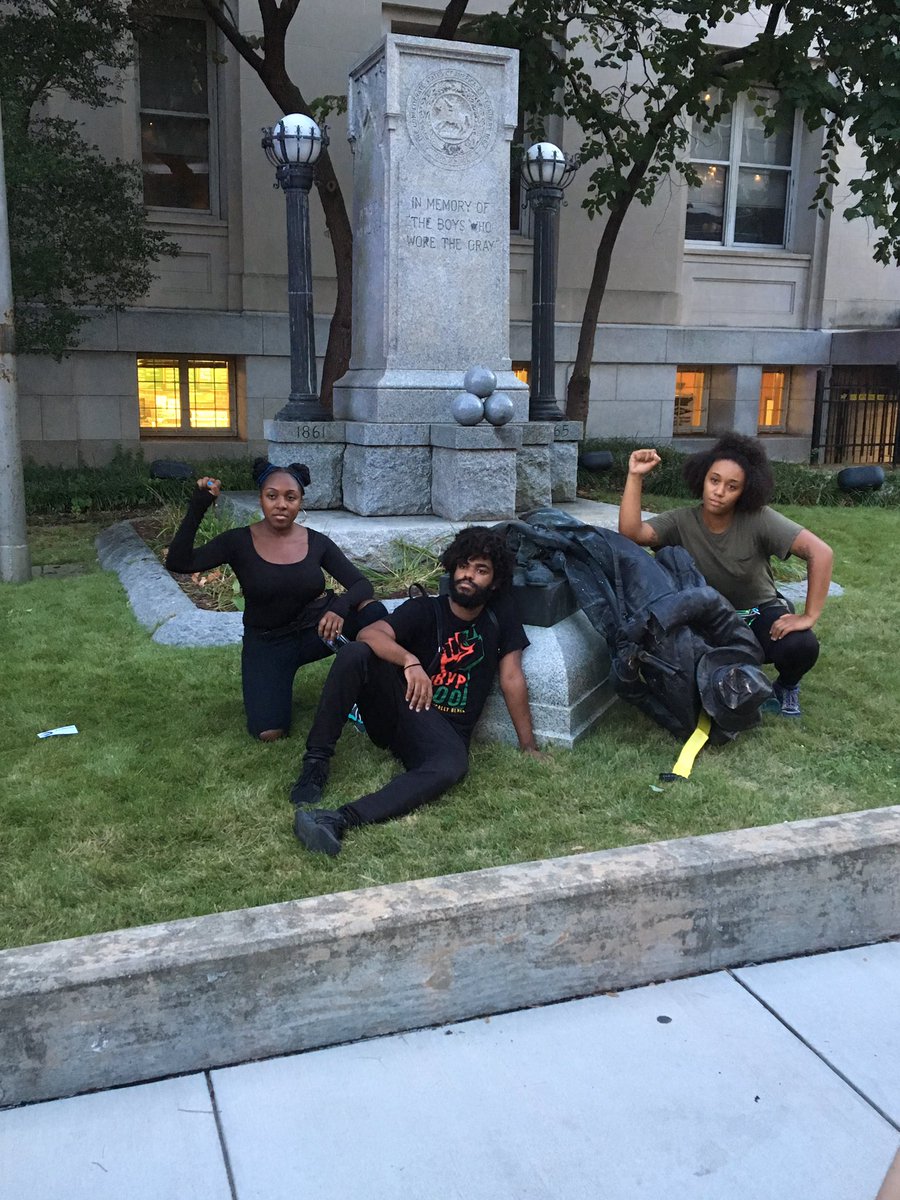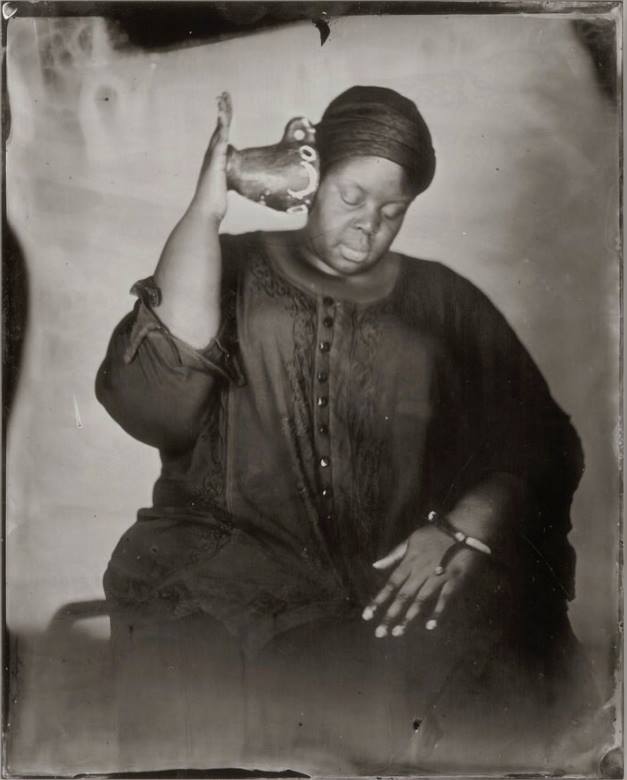Category: abolition
-

Monuments, Looking, Lynching and Gender
In the past week, the ubiquitous Confederate monuments have suddenly become visible (to non-Confederate sympathizing white people) as monuments to genocide and white supremacy. It’s important to continue to show their systemic role in making and sustaining white supremacy. In particular, the monuments form a network that connects seeing, unseeing, lynching and gender in ways…
-

All The Monuments Must Fall #Charlottesville
In the aftermath of the white supremacist terrorism at Charlottesville, all the monuments must fall. The murder of Heather Heyer was prompted by the proposed removal of a statue of Robert E. Lee. These statues are material nodes in the network of white supremacy. They are the visible form of the established order of racial…
-

For The Abolition Image #GrenfellTower #PhilandoCastile
Here we go again. A killer cop acquitted. Migrants and people of color in London dead in a completely preventable inferno. And still they come–cops kill a Black woman with mental health issues in Seattle. A “white” English man drives his van into a crowd of Ramadan worshippers. The images are terrible. Again, we must…